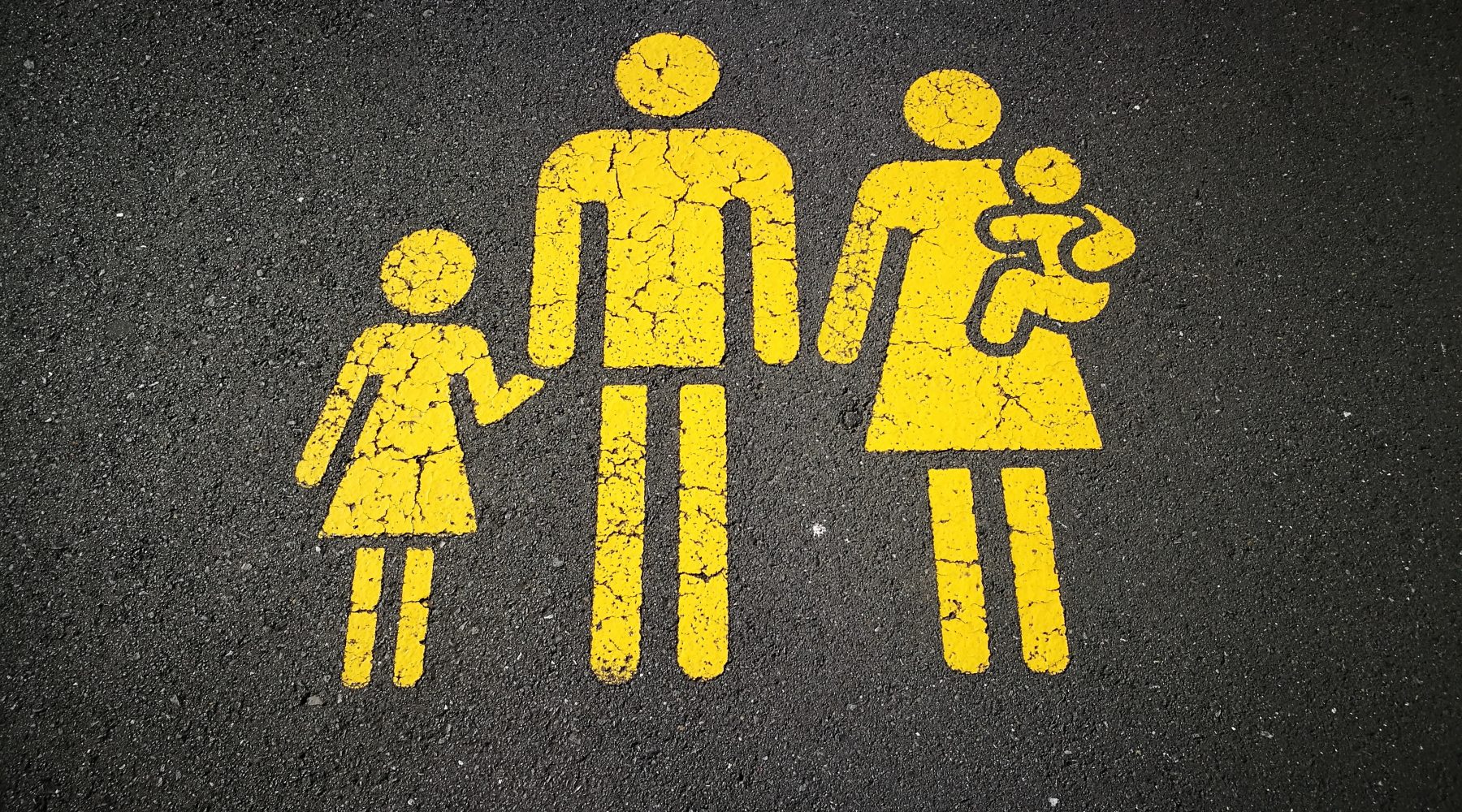Comprehensive summary of key ECEC sector trends detailed in latest “State of early learning in Australia” report

The Early Learning: Everyone Benefits campaign has released the 3rd edition of its State of early learning in Australia 2019 report in which a high-level snapshot of quality, participation and affordability in the early childhood education and care (ECEC) sector across Australia paints a largely positive picture of progress since the last report in 2017.
The report, prepared in conjunction with the Institute of Social Science Research (ISSR) at the University of Queensland, consolidates a wide range of publicly available data from sources such as the ABS, ACECQA’s NQA IT System and the latest AEDC census as well as from data drawn from specific research outcomes to capture key trends and developments impacting the sector.
This year’s report differs from previous years in that a set of five goals for ECEC have been nominated, alongside corresponding performance indicators so as to better track progress towards achieving the goals in the future.
The five goals cover:
- Benefits – achieved when the human, social and economic benefits of ECEC are realised
- Access – achieved when all Australian children are able to benefit from ECEC regardless of background, circumstances or geographical location
- Funding – achieved when all Australian children are able to benefit from ECEC regardless of their family’s income
- Workforce – achieved when Australia grows a skilled, stable and supported workforce to deliver positive outcomes for children
- Provision and quality – achieved when ECEC provision is of the highest quality necessary to deliver learning and development benefits for all children
The associated performance indicators have been allocated based on the nature of the goal.
For example, a key performance indicator to measure progress towards fulfilling the Access goal is increased rates of participation in approved ECEC services over time, and a key performance indicator to measure progress towards fulfilling the Workforce goal is the increase in the number of degree qualified staff in the ECEC sector.
Results paint a picture of progress at the highest level but challenges remain
Overall the 2019 report presents a picture that is largely positive on a national scale, particularly in portions of the Access and Provision and Quality goals, but inconsistencies in relative participation remain.
The inconsistencies are most notable in preschool settings and across some cohorts of vulnerable and disadvantaged children. There are also persistent challenges with affordability for some families, problems around workforce planning, and divergences in performances across states and territories, which all remain areas where improvement is required going forward.
In addition, the report notes that Australia’s overall investment in ECEC remains below the OECD average, with Australia ranked 11 among 21 OECD nations. Government funding fell in the 2016-17 to 2017-2018 period, although it must be noted that the latter figures do not include the impact of the Child Care Subsidy legislation introduced in July 2018.
To read the State of early learning in Australia 2019 report and summary please click here.
To read the 2017 report as a point of comparison, please see here.
Popular

Provider
Policy
Practice
Daniel’s Law: Queensland leads the way with new public child sex offender register
2025-11-03 07:30:56
by Fiona Alston

Policy
Practice
Provider
Quality
NSW Start Strong funding changes to drive quality standards as part of record early-childhood investment
2025-10-31 07:43:21
by Fiona Alston

Policy
Understanding the new mandatory standards for infant sleep products in Australia
2025-11-07 07:15:36
by Fiona Alston










